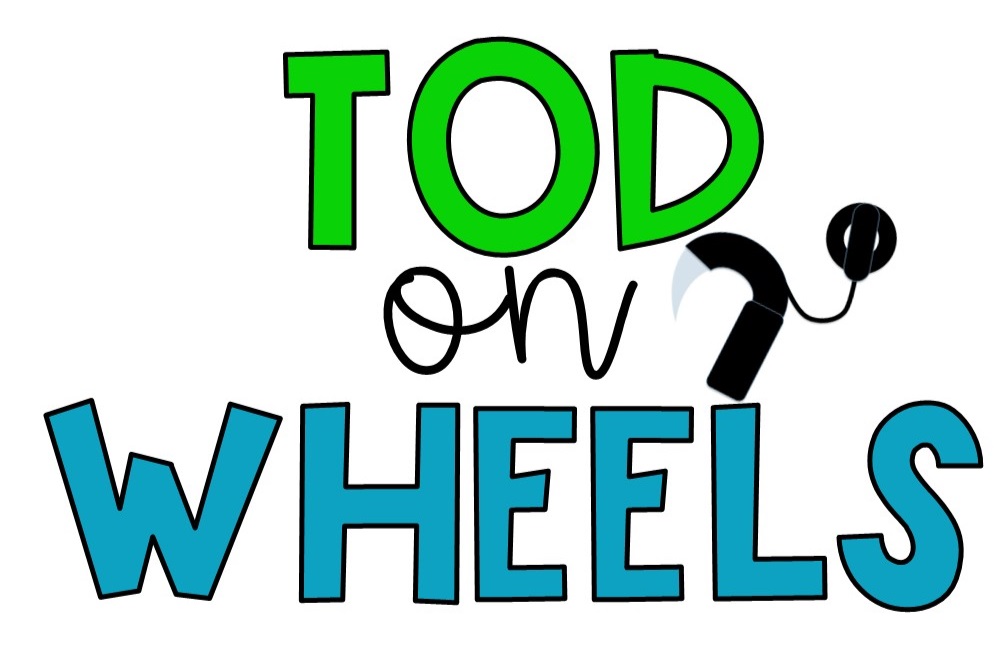Accommodations for Deaf\Hard of Hearing Students
Requesting closed-captioning, understanding how to choose the best seat in the classroom for them, ensuring that their teachers are using the FM appropriately, and the list goes on and on. Teaching children about self-advocacy skills and the rights that they have now means they will be able to advocate for themselves as they get older.
Many people may think that if a student has their hearing aids or cochlear implants then they are good to go and can access all information in school and life but that is not the case. These are just tools to help them be successful but there is much more needed to help DHH students access information. Accommodations and modifications are put into place on their IEPs and must be followed. No two students are alike and the same goes for students with a hearing loss so their accommodations may all look differently.
Below is a list of some IEP accommodations that can be found on students who are Deaf\Hard of Hearing’s IEP:
Teaching students about their accommodations and modifications is vital to their understanding to be able to advocate for themselves as they get older. Teaching students what accommodations are, which ones they have on their IEP, how to tell teachers about what they need and where they can find them on their IEP will strengthen their self-advocacy skills and benefit them immensely.
My Accommodations VS. Modifications resource to is available to help teach your students how they can advocate for themselves in this important area!


